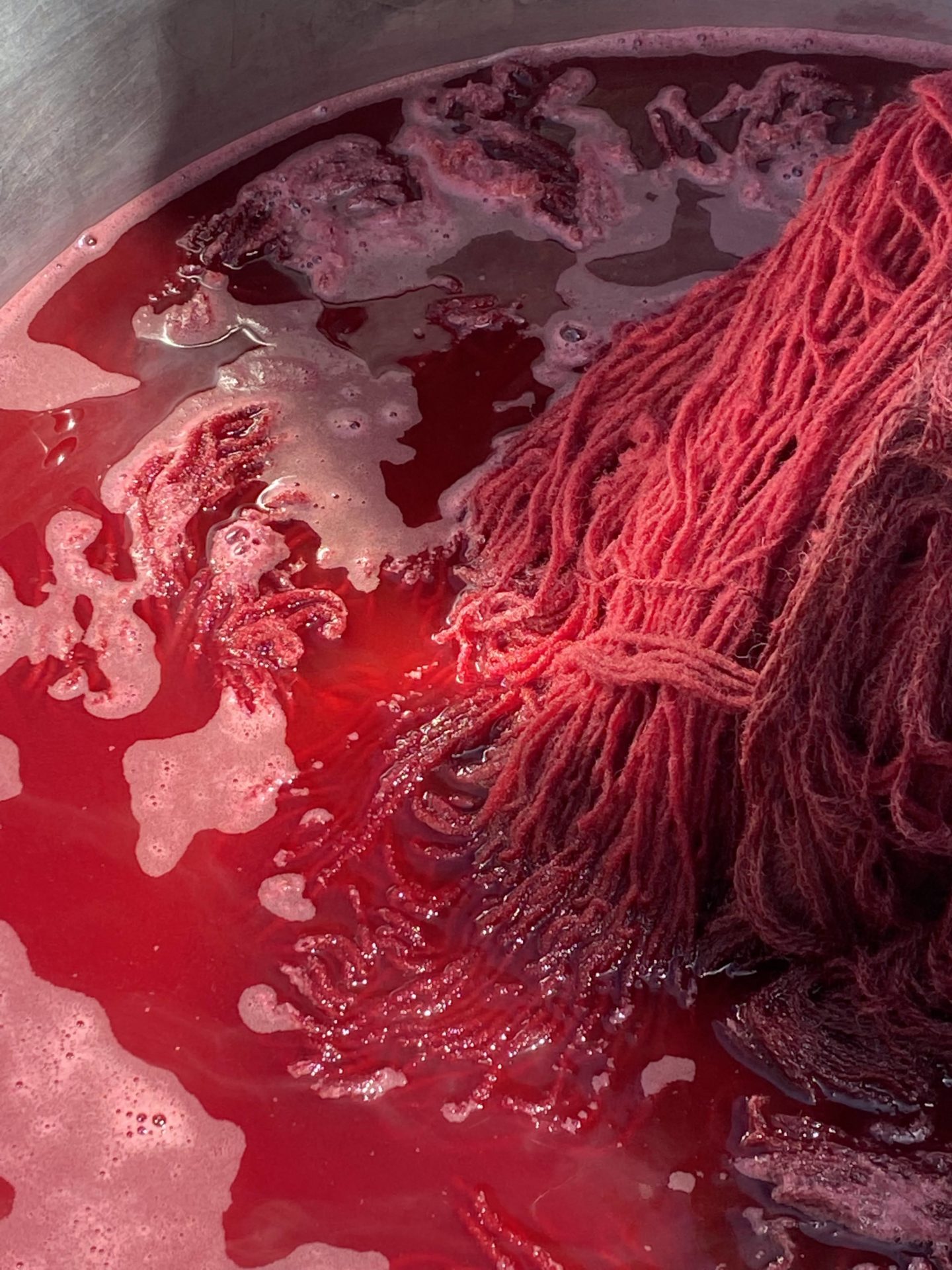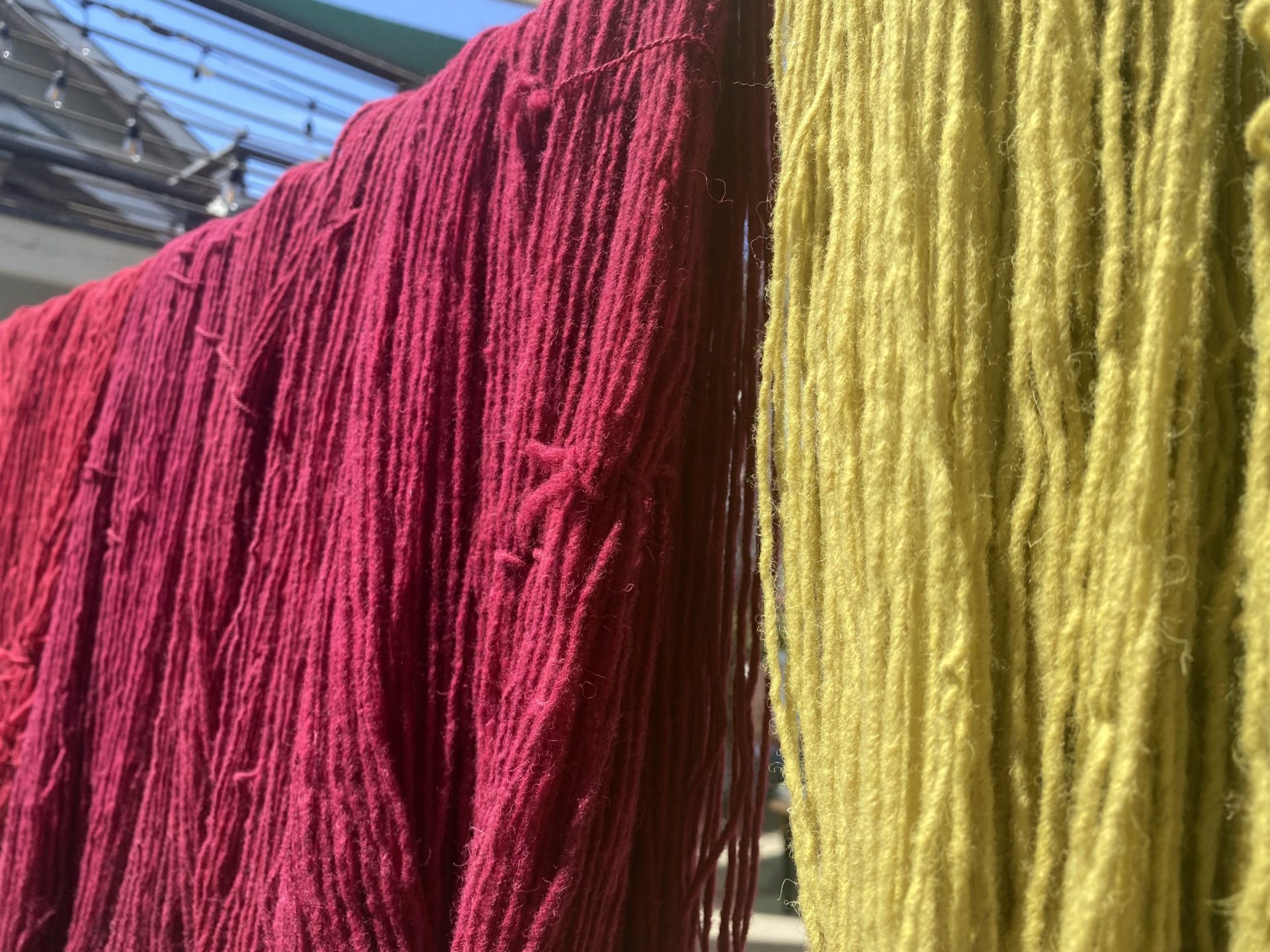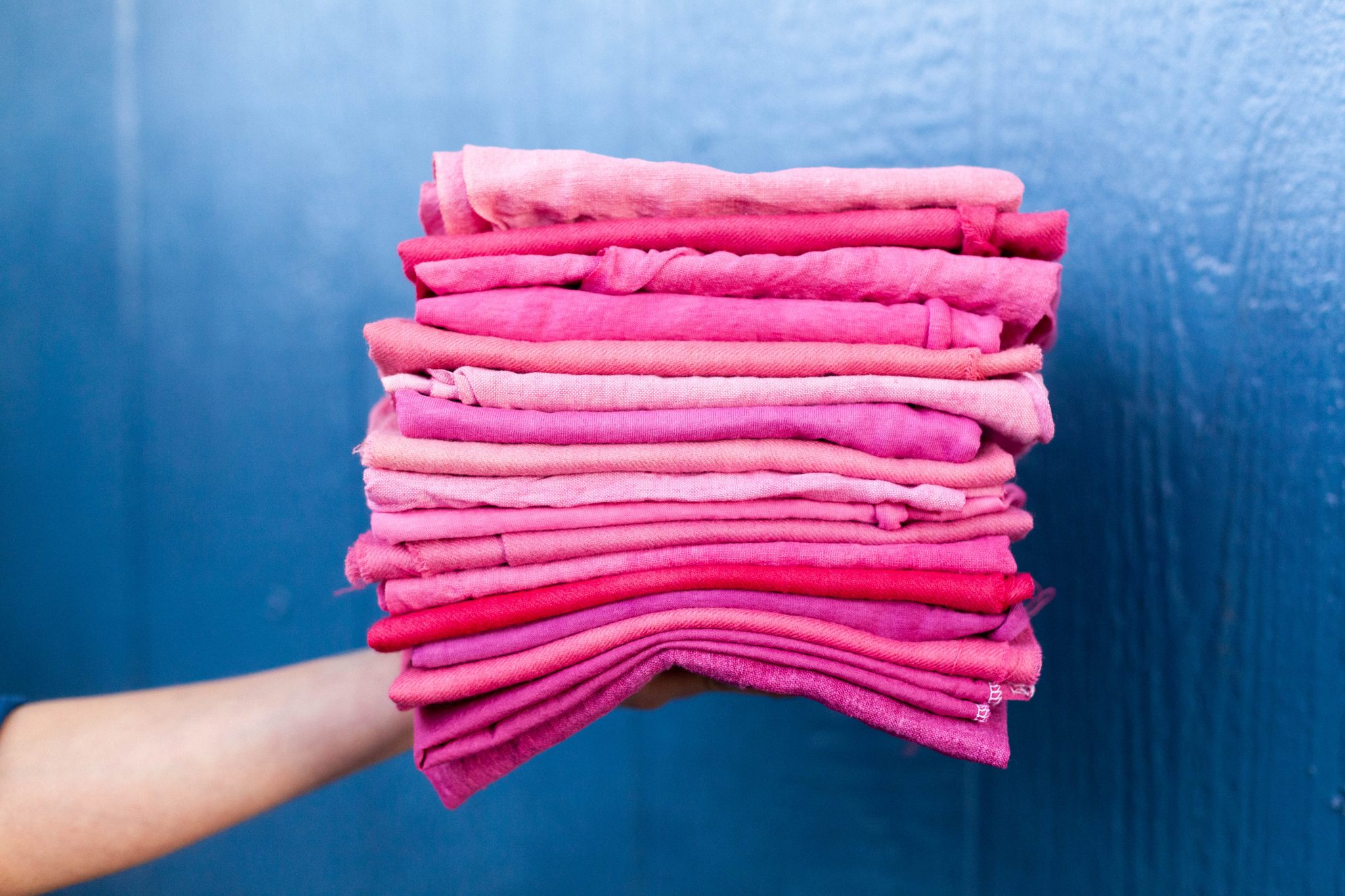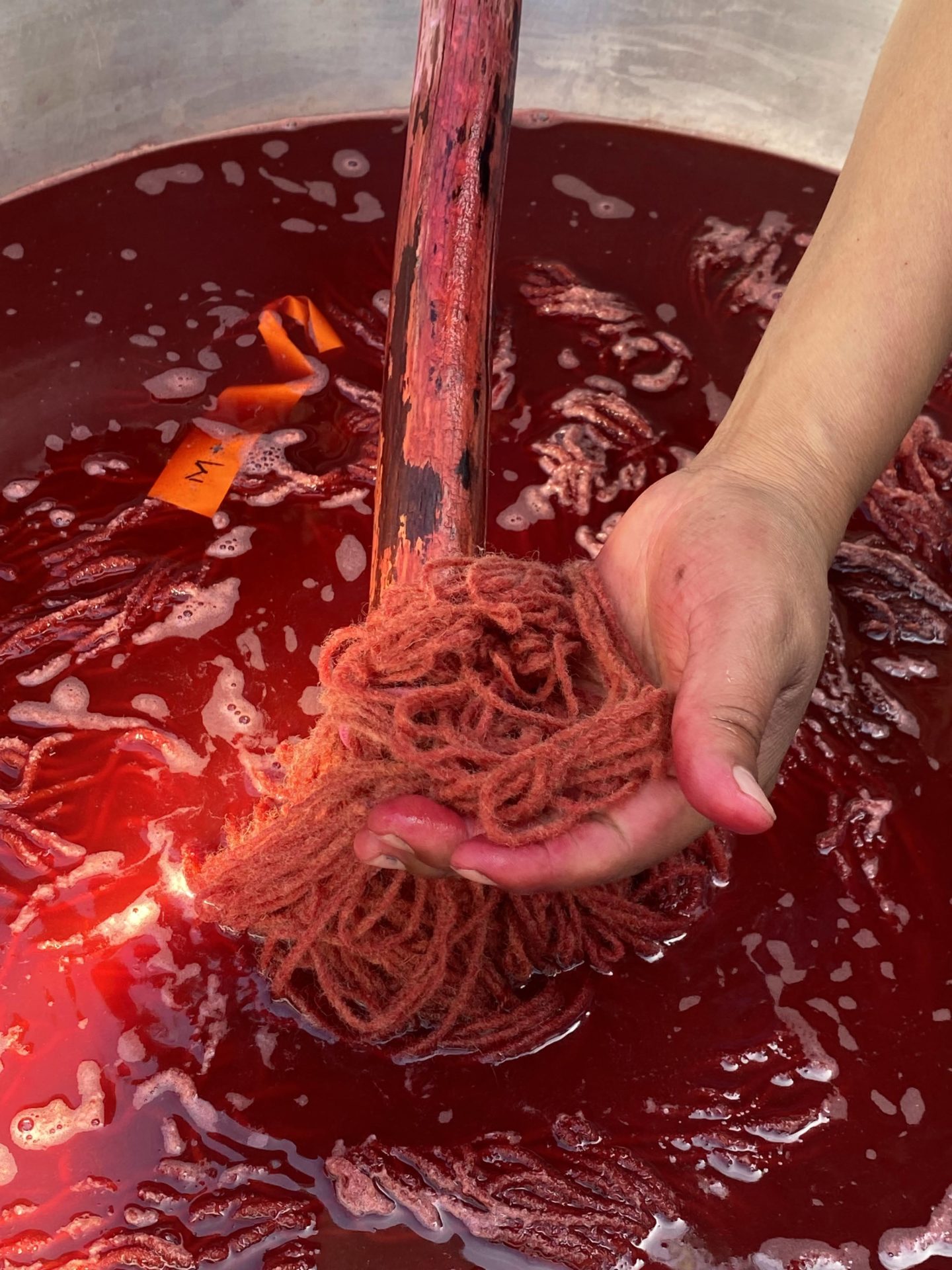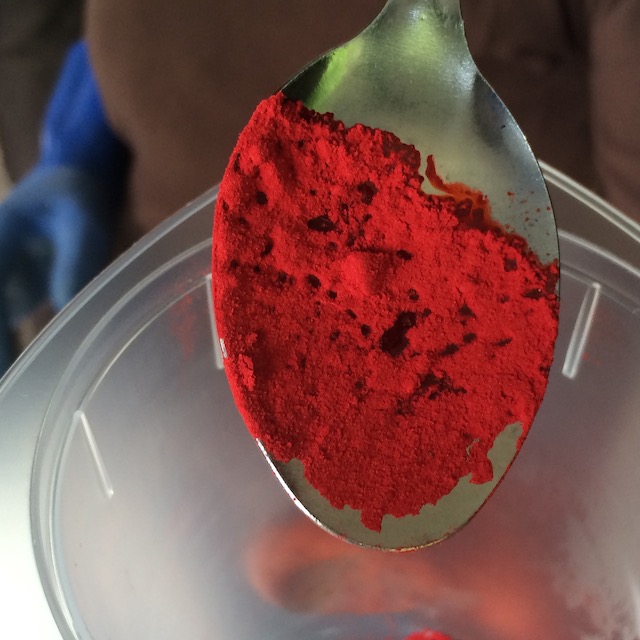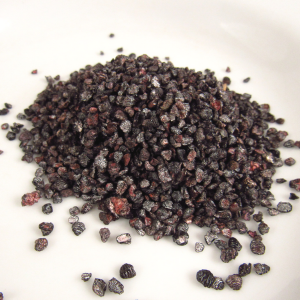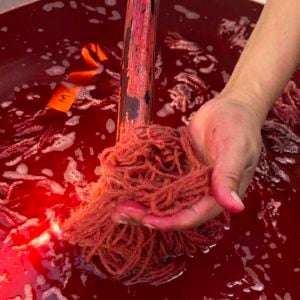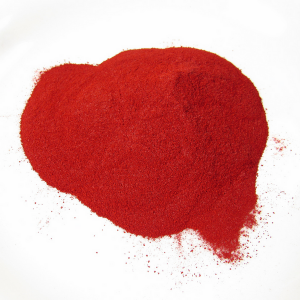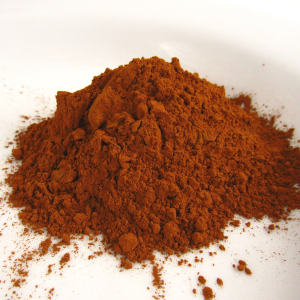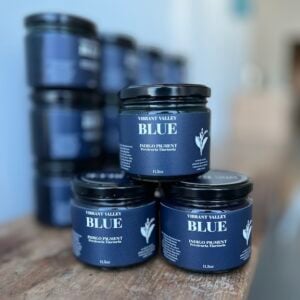Red Cochineal Extract
$40.00
In stock
Description
Cochineal extract is one of the most expensive and precious of the natural dyes. It comes from a scale insect (Dactylopus coccus) that feeds on the nopal cactus in arid areas of Mexico, Peru, Chile and the Canary Islands. You can also find a wild relative of cochineal living on cacti in the desert Southwest. It is the only natural red colorant approved for food, drugs and cosmetics. Additionally, it is the natural red colorant of choice in the European Union.
Cochineal originates from the Americas, and its use has been recorded for nearly 2000 years. Its “discovery” during the Spanish conquest of Mexico and South America financed the Spanish empire. Additionally, it created an insatiable appetite for brilliant red clothing, but only if you were very, very wealthy. Cochineal was the second most precious export from the New World to Europe after silver.
Our cochineal is extremely strong – nearly 45% stronger than other extracts available on the market – and is one of our most concentrated dyes. Therefore, a very small percentage is needed to dye deep shades of fuchsia to raspberry. For more information on how to dye with cochineal extract, please visit our page on natural dye extracts.
Tips:
- If you live in an area with hard water, cochineal will dye its brightest and deepest shades if you mordant and dye with distilled or filtered water.
- Cochineal is pH sensitive. Therefore, it is possible to shift its color to scarlet with the addition of acid such as cream of tartar in the dyebath. This works best for wool and silk fibers.
- Let cochineal dyed goods cool in the dye bath as the color continues to strike even as the temperature cools.
- Cochineal extract is not afraid of hot water. You can bring the dyebath to 180°F (82°C) if your fiber will tolerate that temperature.
- Always have additional mordanted fibers and yarns ready to throw into a cochineal afterbath to get beautiful shell pinks and rose shades. The dye is too precious to throw down the drain.
- Dyeing linen and cotton with cochineal is a little more tricky than with silk or wool. Start with wool or silk if you are new to cochineal. If you want to dye with cotton, make sure fabric is well scoured and mordant with aluminum acetate and wheat bran.
- A calcium carbonate afterbath will turn cochineal a blackish purple shade.
Learn more:
Dyeing for Dummies: The Wonders of Cochineal (recipe)
A Closer Look at the History of Cochineal
The New York Times has published two articles about cochineal: one from Porfirio Gutierrez’ traditional Oaxacan family that dyes and weaves, and the other on a museum exhibit that showcases the dye.
The author Amy Butler Greenfield has written a fabulous history of cochineal, called A Perfect Red.
Additional information
| Weight | 50 g |
|---|---|
| Weight | 25 gm, 500 gm |

